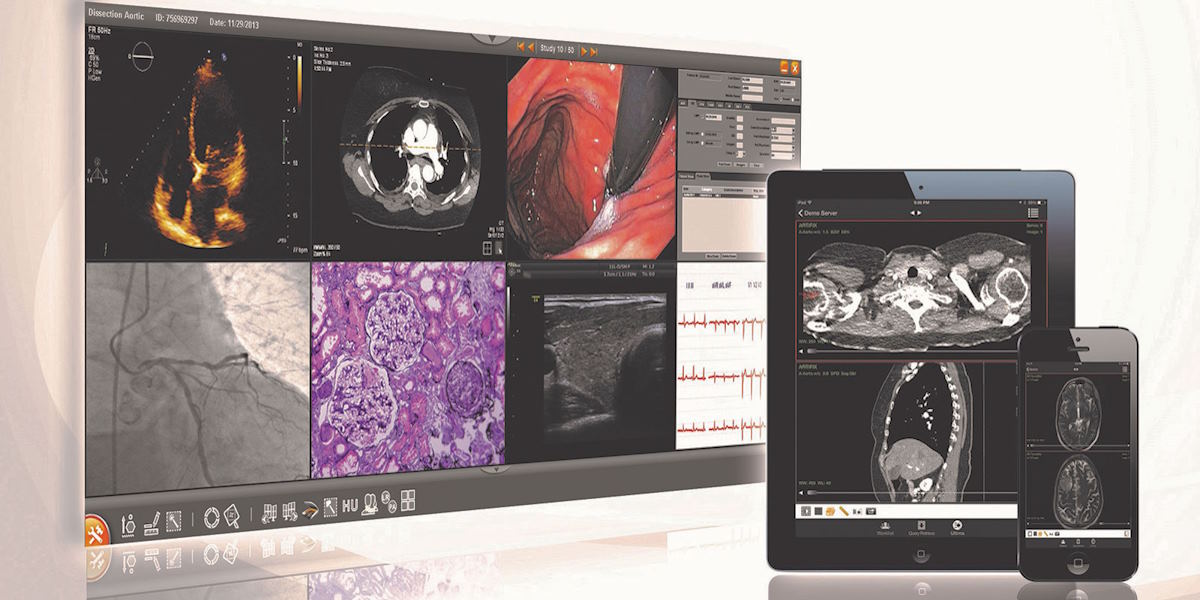The medical 3D visualization tool is designed to provide visual representations of the scanned body parts using virtual models. It offers significant depth and nuance to static 2D medical images.
Specialists in the healthcare sector in recent years efficiently used 3D virtualization tools. They save their time while using 3D reconstructions for accurate disease assessment and ensuring that they provide the right treatment on time.

Explore the 3D models in radiology
3D models in the radiology field are reconstructed from medical imaging scans to provide a 360-degree view of the internal structure of the human body. Healthcare specialists use this level of detail aids to detect the disease in its early stage and guide surgeons in planning for the best minimally invasive procedures.
There are advanced yet easy methods for integrating 3D imaging with mri and ct scans today. In general, the MRI images are 2D by nature and presented in slices from top to bottom. Proper use of modern computer calculation is vital to join the 2D slices to produce a 3D model of the place being scanned.
Many patients use simultaneous CT and MRI to find their eligibility to get thrombolytic therapy and limit or recover the loss of neurologic functions. However, this method cannot address the limitations of each modality.

The best 3D modeling tools
Medical professionals worldwide use the 3D modelling tool to visualize the internal structures in 3D which is detailed and comprehensive when compared to the usual 2D images. Experienced surgeons efficiently use the 3D models for planning and simulating complex surgical procedures before performing the actual surgery. Thus, they successfully deliver the best result on time.
Do you understand the role of 3D software in developing medical devices in recent years? Enhancements in the design and development of 3D tools associated with medical devices assist healthcare professionals in making informed decisions about how to treat illness in patients.
















